BMW E30 M3 Review, Test Drive
Dreams don't always go fulfilled, right? Well, for me, I got a chance to drive my favourite Beemer, the BMW E30 M3, at the Portimao track, albeit with a couple of restrictions. Was it worth it? Read on.
I’ve dreamt of getting behind the wheel of this legendary machine for well over a decade. So, was it worth the wait?
They say you should never meet your heroes. Well, I’m not one to heed advice at the best of times. So, when presented with the opportunity of fulfilling a dream, I jumped at the chance.
By way of background, I should explain that the entire M3 lineage was lined up at the Portimao track for us to gawk at as we came to sample the latest mean machine from the M division. For further background, I’m afraid I have to backtrack a bit. You see, my first car was a 1987 (E30) 325is – the ultimate sports coupe developed in Bavaria at the time, until the M3 came out that is. Now, the M3 was a proper homologation special. It was developed so BMW could go touring car racing. The rules at the time stipulated that 5,000 road-going versions of the car had to built and offered to the public. So, Mercedes developed the 2.3-16 Cosworth powered 190E’s, and BMW developed the M3 – and a couple of legends were born! The M3 went on to become one of winningest cars in touring car history with championship successes across the globe.
The road-going version was just a slightly watered down version of the race car. It was a 3 Series on anabolic steroids. It had a wider track, massively flared fenders, a beautifully integrated wing that masked the entire rear deck-lid. The beautifully smooth six cylinder power unit made way for a lighter and much buzzier (and, of course, more powerful) 2.3 litre naturally aspirated four-cylinder unit that developed 200 horsepower and upwards in its various guises. The car that I sampled was the last of the lot. It was a Sport Evolution from 1990, and it produced almost 240 horses from an engine was massaged to 2.5 litres – that’s just shy of the magical 100 horsepower per litre mark.
It’s a car that I’ve wanted to drive for a very long time indeed, but one that’s eluded me thus far. I mentioned in my editorial a few months ago that it’s one of the top-three cars in my dream garage – it’s that far up the list! A few years ago, in Europe or the US, you could pick up a BMW E30 M3 for reasonable money – but off late their values have skyrocketed, and good, unmodified examples are virtually impossible to come by. This particular car is the one that the BMW M division uses to showcase the glorious history of the M3 – that one car! So, while Benjamin Titz, the head of PR for the M division, was incredibly kind to let me have a go, it wasn’t before issuing a few stern warnings. No high revs, no sliding, no monkeying around, and definitely no crashing – otherwise both of us would have to answer to the head of BMW no less. Suffice to say, he got the point across.
So, I showed up at the track after having spent the entire night dreaming of what it would actually be like to drive. Would I be disappointed, because some things are just better in your imagination? Well, I was about to find out.
The first thing I did was pop the hood to savour the sight of that beautiful lump of engineering brilliance under the bonnet. It’s very impressive, with its M lettering and individual throttle bodies. But, it’s an incredibly small power unit on the whole. My 2.5 litre in-line six filled the entire engine bay, while this leaves a gaping hole between the block and the radiator. Nevertheless, the engine settled into a calm, if slightly high pitched, idle after a few seconds. It certainly sounded like a thoroughbred, and, therefore, a little finicky at idle.

Once in the drivers’ seat, I felt like I had come home again. The cabin layout, like everything else about this car, consists only of exactly what you need and nothing more. The thin-rimmed Alcantara covered three-spoke steering wheel isn’t adjustable. And yet finding the perfect driving position is no trouble at all. The thinly padded sport seats fit like a glove. The gear lever falls perfectly to hand, and the pedals are perfect. BMW has always known how to do ergonomics that are spot on. The centre console looks archaic in this day and age, but it has character. It also hammers home the point that there are no electronics in this car whatsoever to interfere with the driving experience. It’s a fully mechanical experience – one that I felt very privileged to embark on. I had just half-an-hour on the roads alongside the track. So, I had to press on.
Like some of the other homologation specials of that time, this car has a dogleg first gear – which means that first is down and to the left, where you would ordinarily find second. This is so second-to-third is an easy and fast shift in racing conditions. So, into first we went, and I released the clutch gently. The engagement was perfect, and immediately the car felt extremely torquey from the get-go – very unlike a modern four-cylinder petrol unit. It felt like it was straining at the leash the whole time – like it was urging you to explore the upper reaches of the rev range. The steering felt heavy at first, but then came alive as you picked up some pace. The steering wheel itself is angled away from you, so it’s certainly quite old school. But, again, it feels very natural at the same time. I have to confess that I’ve always loved the E30, and getting into a rhythm behind the wheel of this erstwhile race-car-for-the-road was no trouble at all. Yes it took some getting used the gears – the dogleg of course along with the long throws and shift linkages that aren’t quite as precise as the latest gen M3.
Once the engine was warmed up, I went up through the gears with a little bit of urgency and I was amazed at the strength of the power delivery. The engine, at any revs, in any gear, just pulls towards the redline like it’s addicted to speed – which, of course, it was (and is). Before I knew it, I was doing 150km/h in fifth gear at 4,000rpm with the engine begging for more. The motor was buzzing, and the whole car just felt alive. You could almost feel every rotation of the crankshaft through the gear lever. This is a car that does the opposite of isolate you from the driving experience. It makes you feel like an integral part of the driveline.
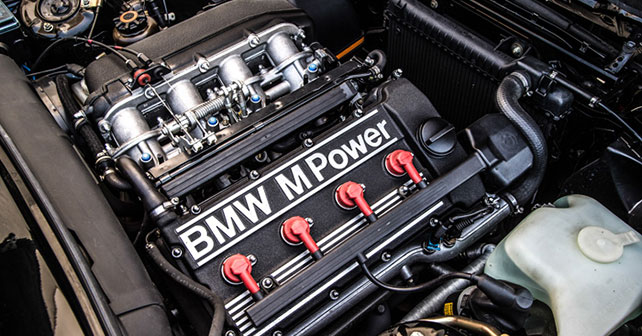
By now, we were both – me and the car – a little warmed up. So, as we came to a roundabout, I pushed just enough to make some important discoveries. For one, the brakes can’t really be compared with the carbon ceramics of the modern M3 – no surprise there – and, secondly, the car is, of course, a lot softer than its modern equivalent. I got some initial understeer when pulling out of the roundabout and I daren’t do anything to convert that to oversteer since I still had Benjamin’s warning ringing in my ear. Instead, I settled the car and powered off towards a winding country road with blind crests, narrow bridges, and broken tarmac – and that’s where this beautiful car really came into its own. I was reminded of some incredible You Tube videos of the M3 racing through European rally stages at breakneck speed back in the day. The suspension was supple enough to ride over the bumps without upsetting the chassis, and the whole car seemed to seamlessly flow from corner-to-corner. I was so engrossed in clutch, brake, blip, downshift, and then accelerate again that I almost forgot about the limited time that I had with the car. Just as I was really starting to get into a rhythm, it was time to turn back. And so I did, but by now I was really comfortable in the drivers’ seat of this legendary M3 – and so I couldn’t help but push just a little more on the way back. I was rewarded by a car that was incredibly light on its feet, ever willing to turn-in, and completely neutral on this undulating Portuguese country road. And I was completely in awe of this phenomenal motor. I remember how smoothly my old 2.5 litre in-line six would sing all the way to the redline, but it did require you to keep the revs up. This four cylinder, meanwhile, seemed to have an infinitely wider powerband. It just gave you a shove in the back no matter what the engine speed.
Before I knew it though, there I was driving back towards the entrance of the Portimao circuit. I put my windows down to savour the sound one last time as I drove through the tunnel under the track. I parked the car exactly where I had found it not so long ago and sat in the drivers’ seat for a few seconds savouring the moment before I turned off the ignition to end the drive of a lifetime. I took one final walk around the car, grinning like a love-struck fool as I was completely seduced by its square lines and pure driving experience. Believe me, if you ever get the chance to meet your heroes, grab it – with both hands!
In this issue, we’ve sampled both the original M3, the E30, and the latest version, the F80 M3 and F82 M4, but what about the equally glorious machines in the intervening years? Here’s a quick recap:
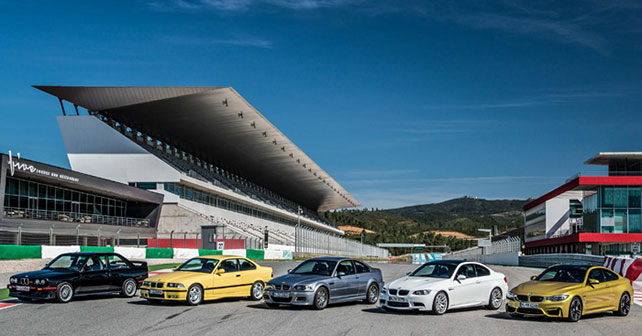
E36
The E36 M3 was produced between ‘92 & ‘99, and it featured an incredible 3.0 litre, straight-six engine that produced 280 horsepower. The first time I drove the car was in the States about a decade-and-a-half ago. It was a short drive, but I remember it like it was yesterday – that’s how much of an impact that car made. Even though the US-market cars were 40 horses short of the European spec, the engine was incredibly smooth, as BMW straight-sixes typically are – and this one was equally torquey as well. The steering was just as responsive and beautifully weighted as I had dreamt it would be, and the whole car just felt right. It’s one of those cars that just wraps itself around you, and feels absolutely perfect from the minute you turn the ignition. In fact, the brief time that I spent in the driver’s seat of the E36 M3 all those years ago made such an impression that, for the past few years, I’ve been trying to build an E36 325i up towards the legendary performance levels offered by the M3. Make sure to read our feature on that transformation on the next page.
E46
The E46 M3, which was produced from 2000 to 2006, was a bit of a transformational machine. It was a lot more aggressive than its regular sedan counterpart, and it seemed to signal the way forward for the M machines. The engine was a straight-six masterpiece that produced almost 333 horsepower from 3.2 litres – breaching the magic 100 horsepower per-litre mark. The E46 M3 was also the first M car to get a flappy paddle gearbox – courtesy of the F1-derived semi-automatic SMG transmission. Unfortunately, the only E46 M3’s I’ve driven have been with the SMG – and, like the first generation of many technologies, they were pretty terrible! To me, at least, it felt like the magic of the engine was robbed by a transmission that tried to dislocate your vertebra every time you pulled the paddle to change gears. To my eye, however, the E46 M3 CSL is one of the most beautiful M3’s of all time – save for the E30, of course. The power bulge, ducktail spoiler, and vents on the fenders all made it an incredibly good-looking machine.
E90/92/93
The E90 M3 was, visually, a more understated machine compared to its predecessor, but it was concealing a lot more firepower underneath. The M3 got a V8 engine for the first time – a 4.0 litre V8 with 414 horsepower that was derived from the 5.0 litre V10 used in the M5 of the time. It also got a double-clutch gearbox to remedy the ills of the SMG. So, on paper, it was one helluva machine. But, personally, I missed the shrillness and urgency of the straight-six. Sure, the V8 had bucket loads of power and torque, and it was incredibly refined, but it just didn’t get under my skin. It was the fastest M3 yet, with a phenomenal chassis and more grip than you could ever use on the road, but, to me, it just wasn’t involving enough. Don’t get me wrong, if offered one, I would graciously accept. Let’s just say I would jump far higher for joy if offered a brand new one instead, as the current gen seems to strike just the right balance between heritage and new-age – it’s seems very much in keeping with the storied history of this iconic alphanumeric name!

Engine: 2,467cc / 4 Cylinders / 16 Valves / Dohc
Fuel: Petrol
Transmission: 5-Speed Manual / Rear-Wheel Drive
Power: 238bhp @ 7000rpm
Torque: 240nm @ 4750rpm
Acceleration: 0-100Km/h – 6.3 Secs
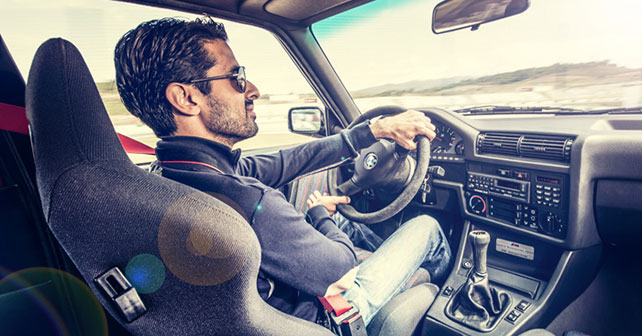

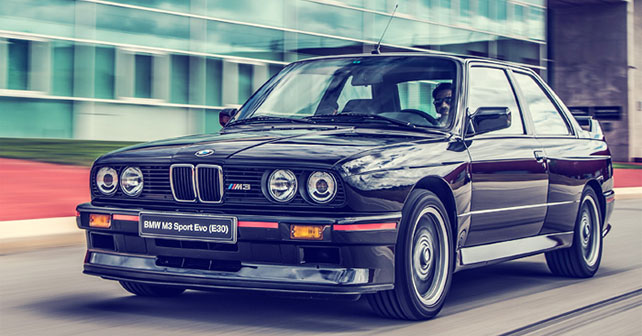
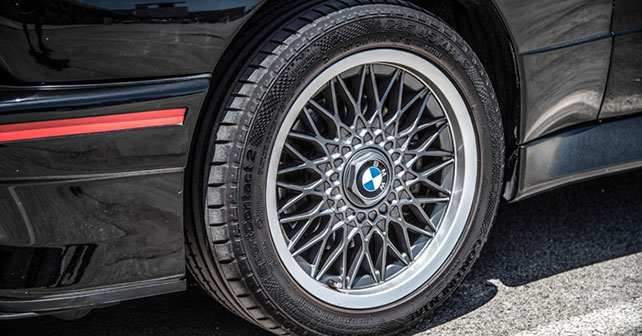
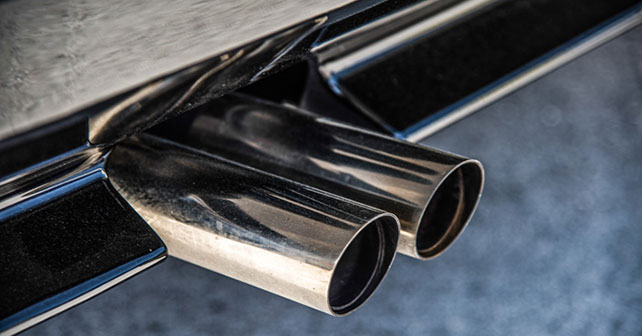

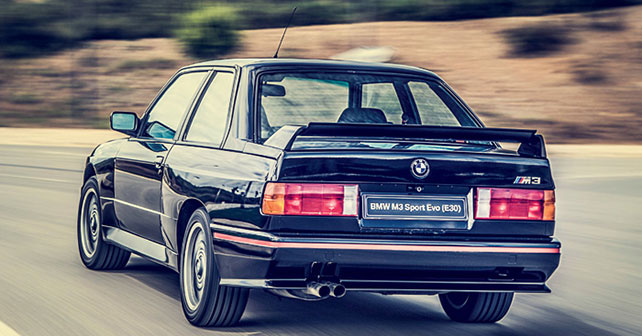


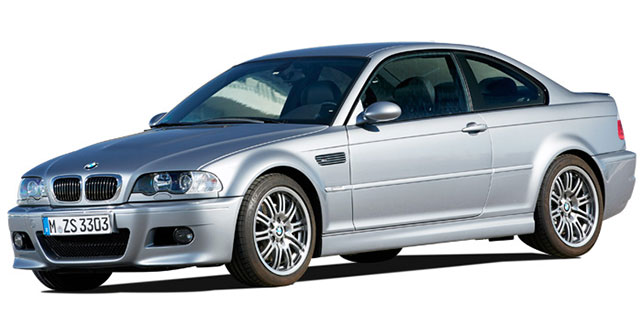

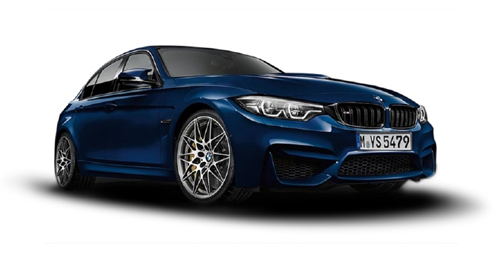
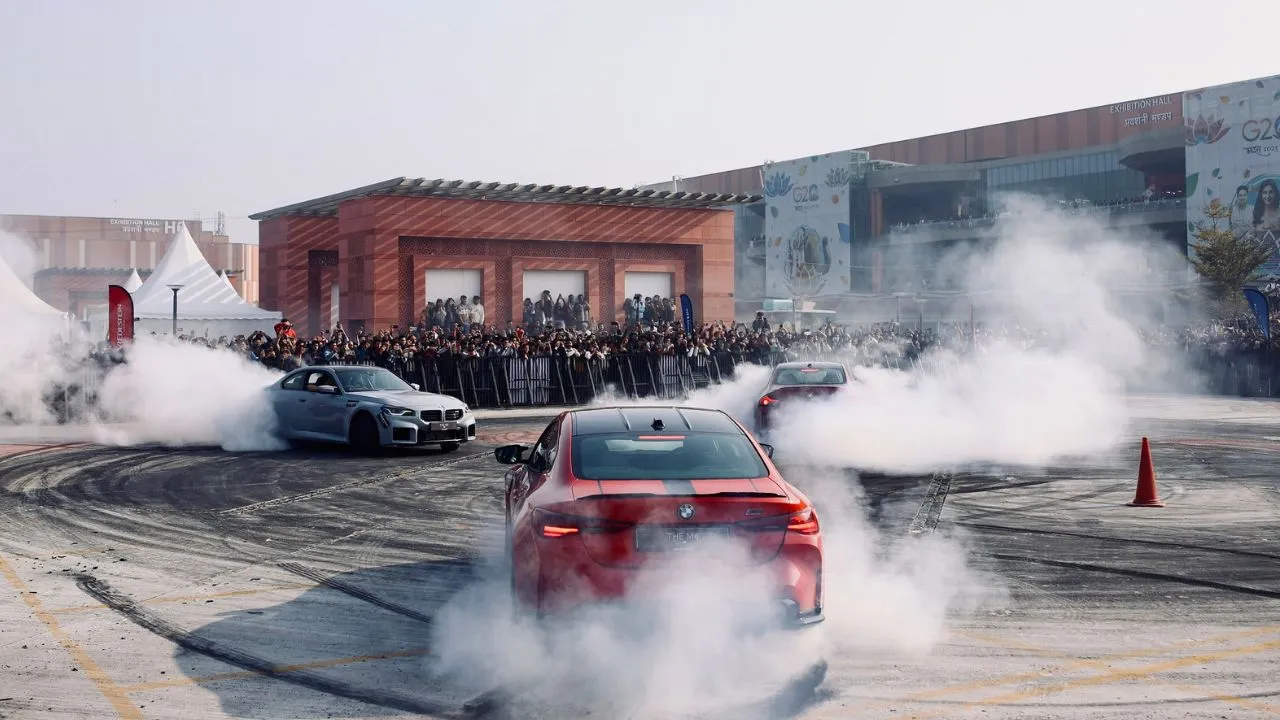
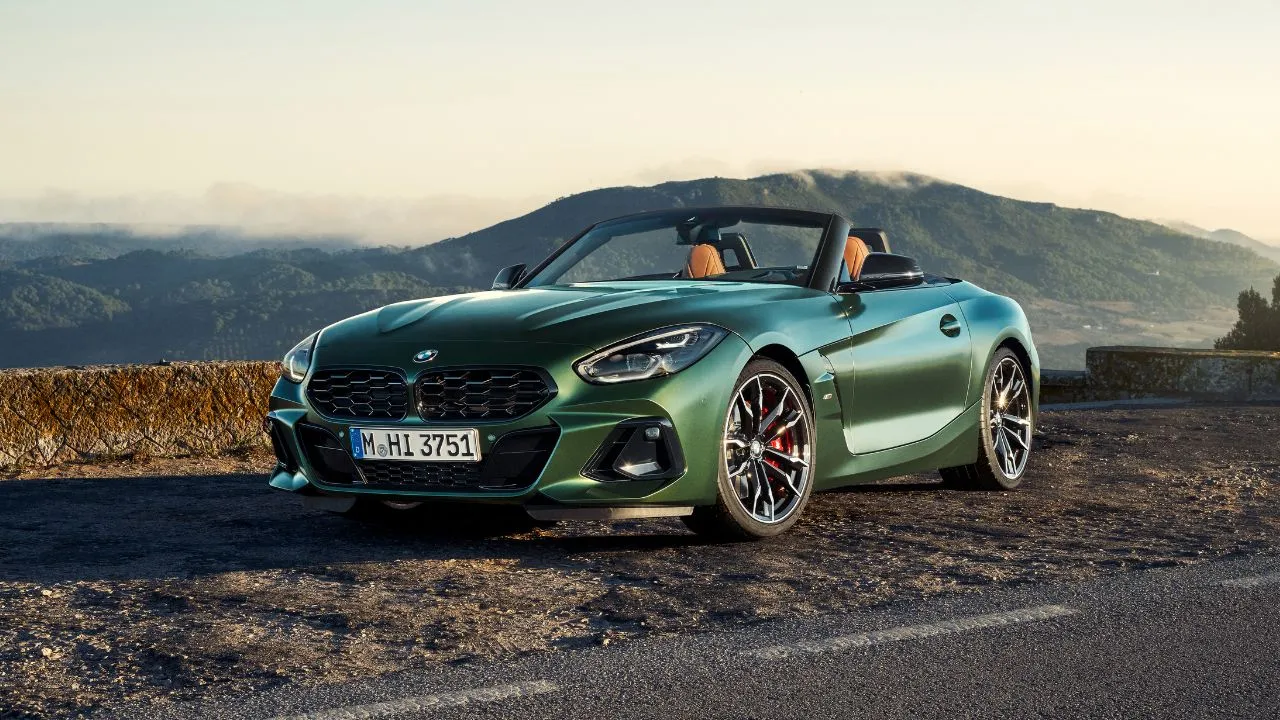



.webp)
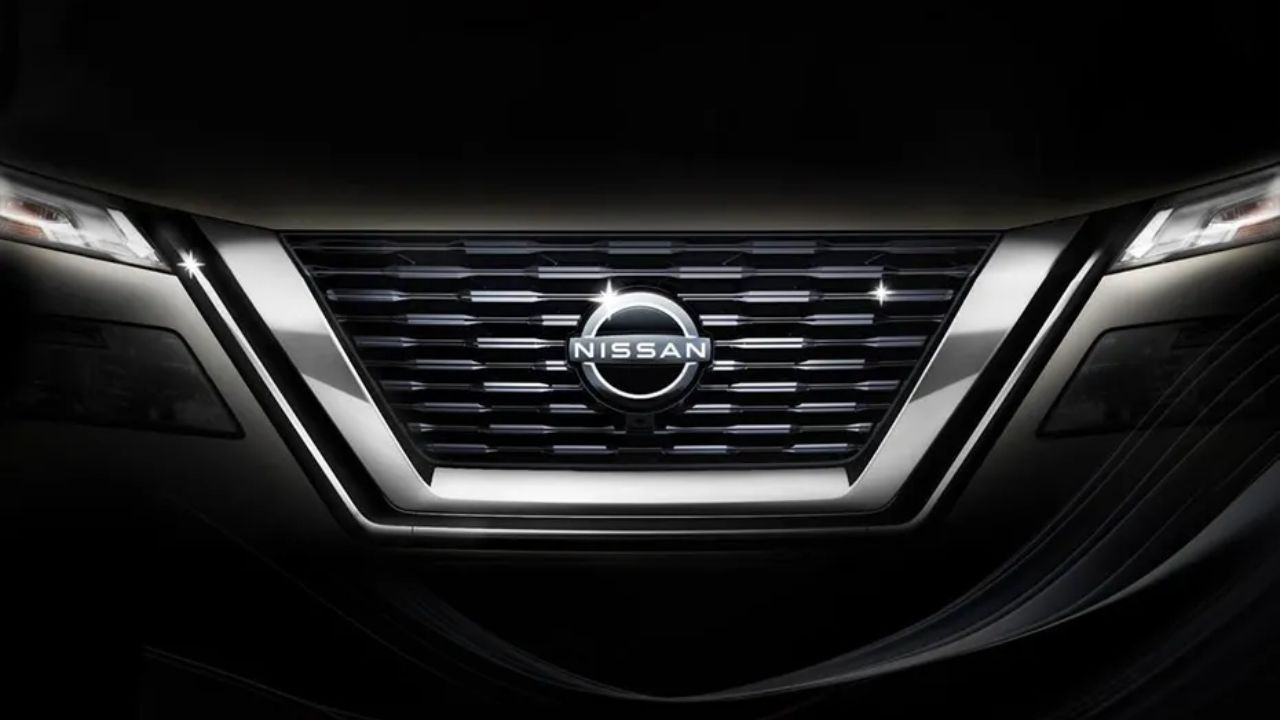
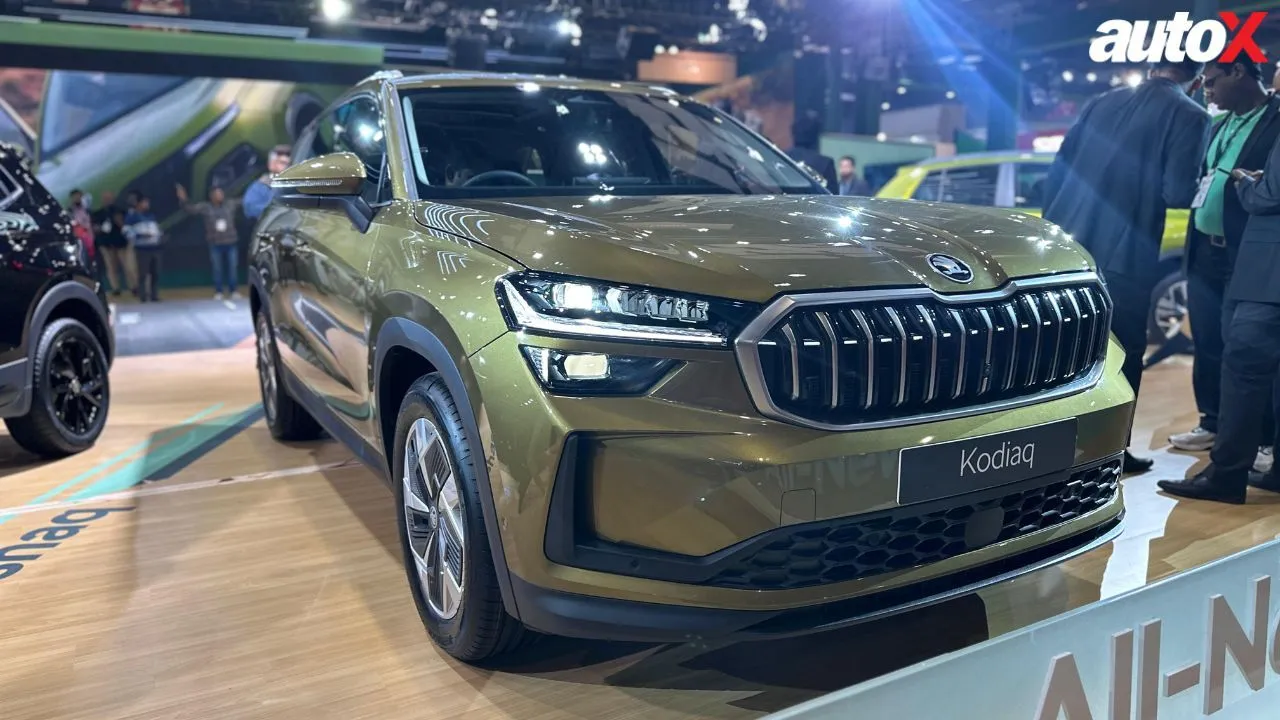
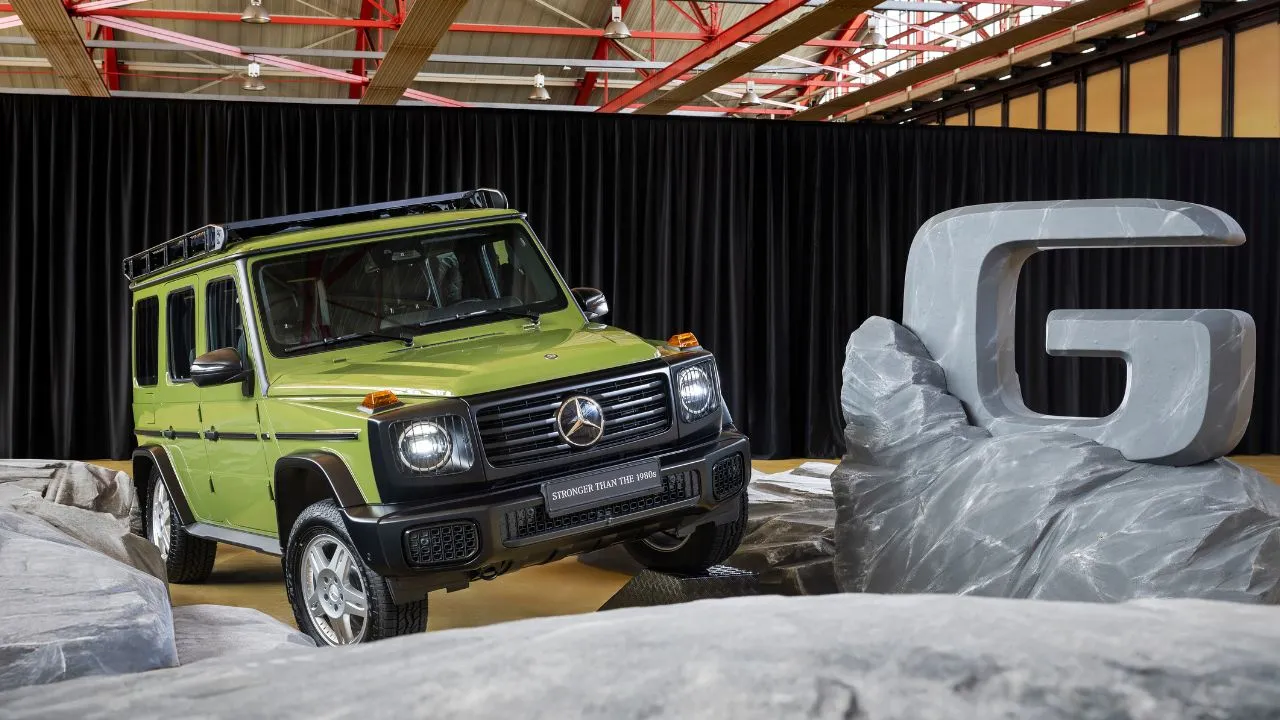
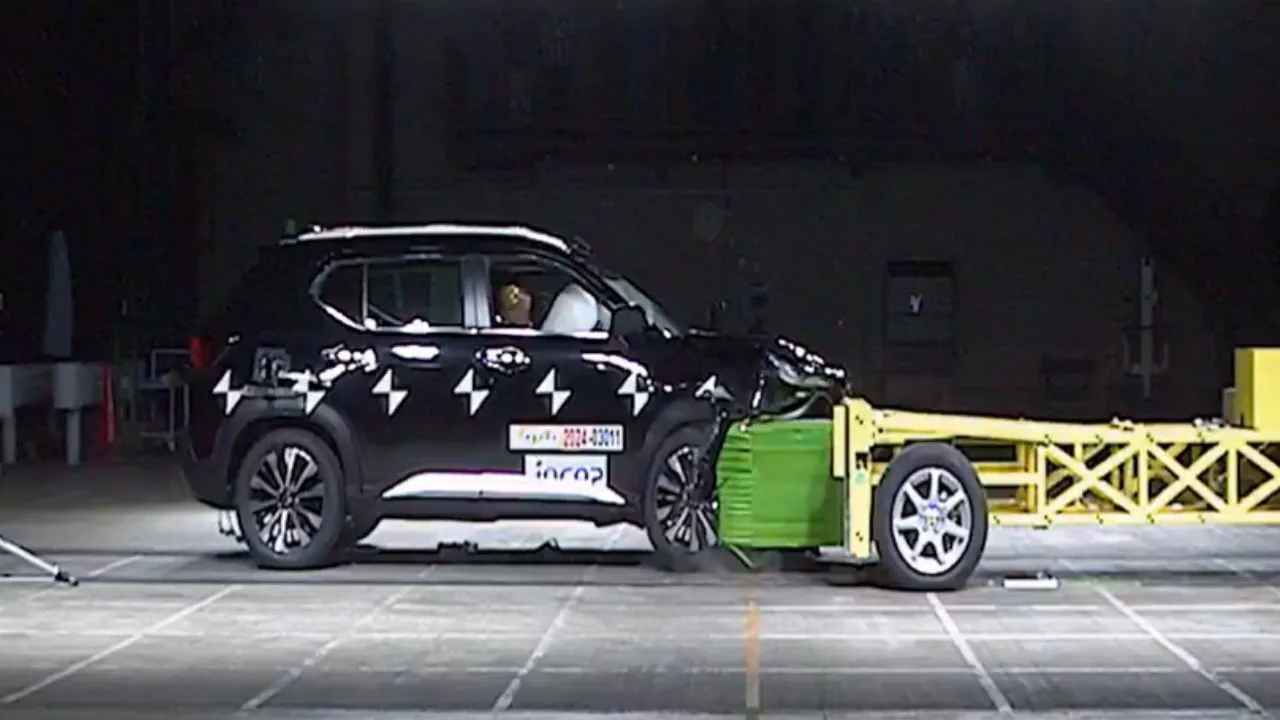
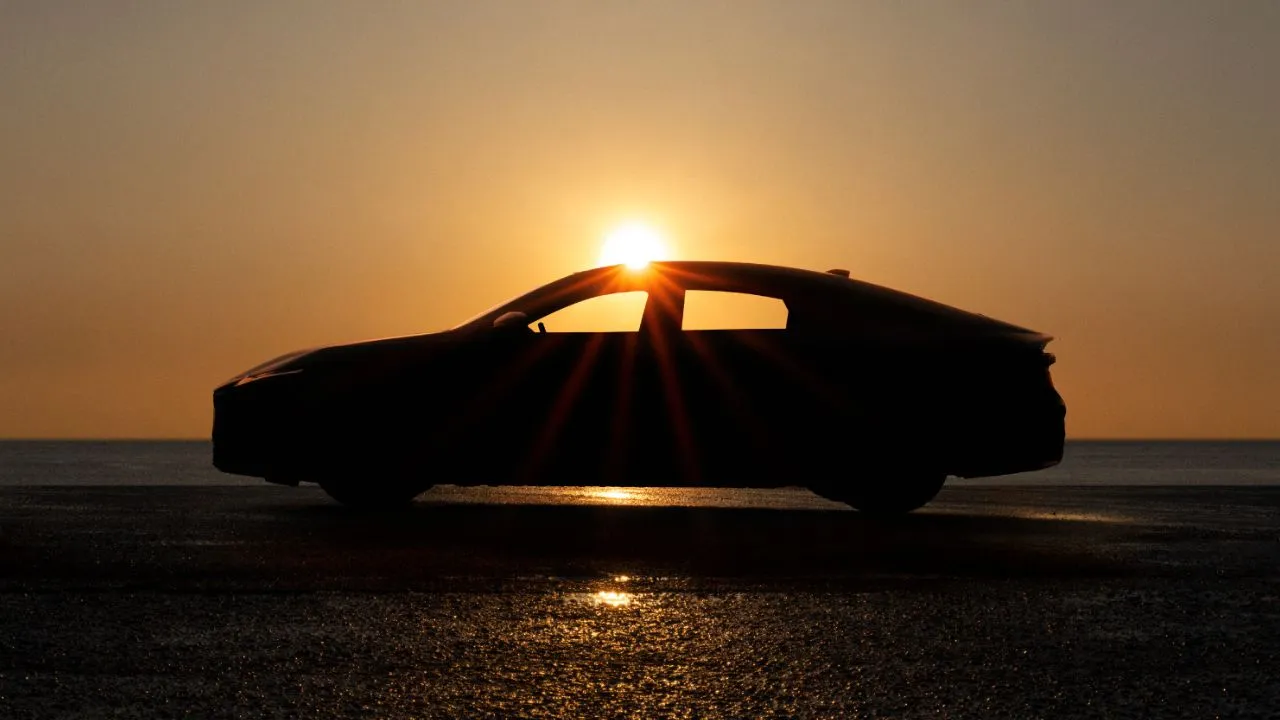














Write your Comment on